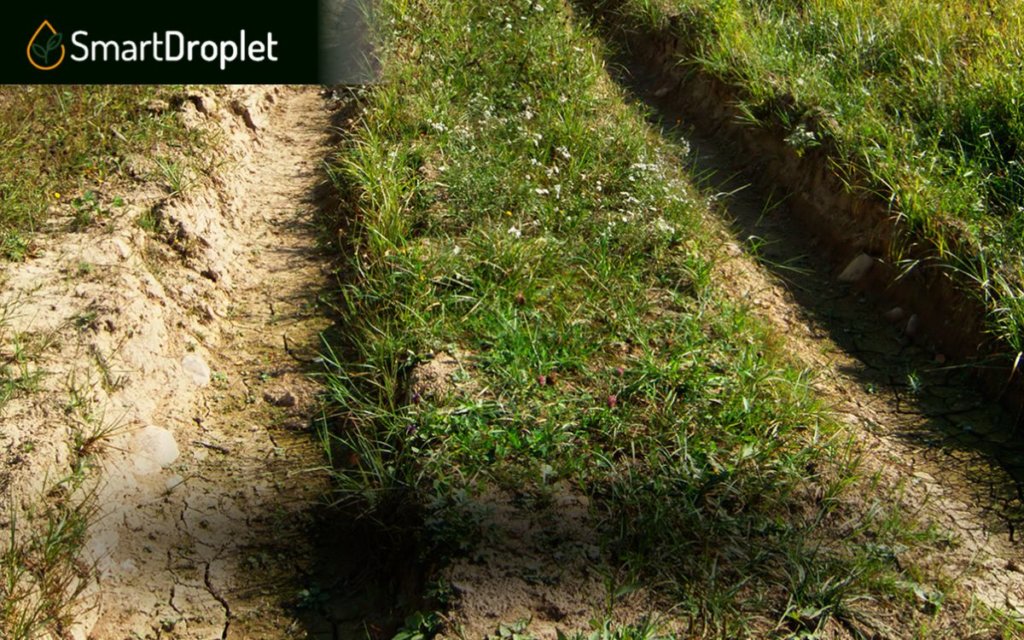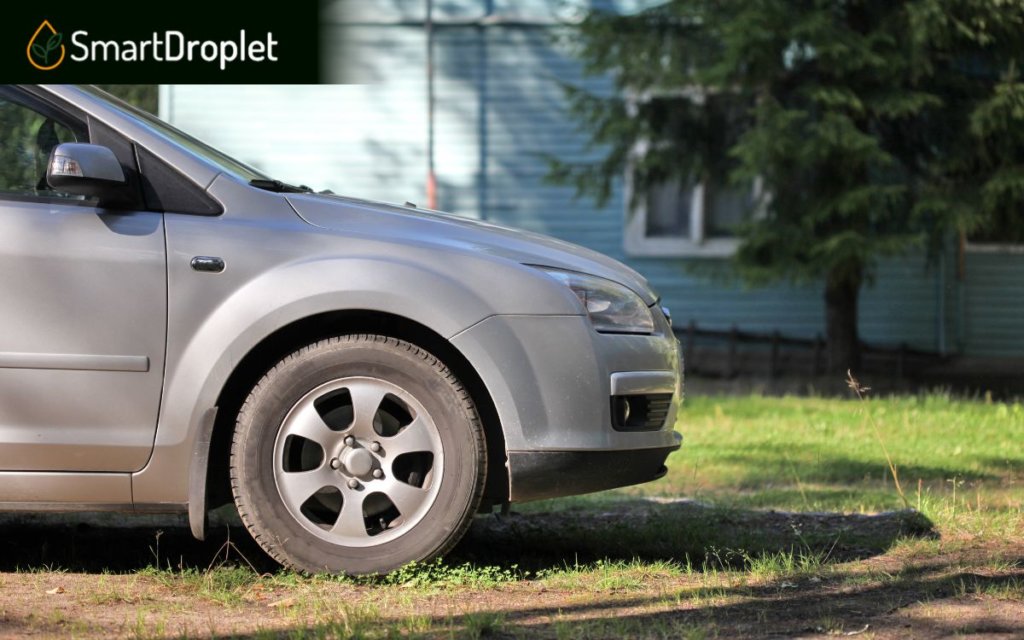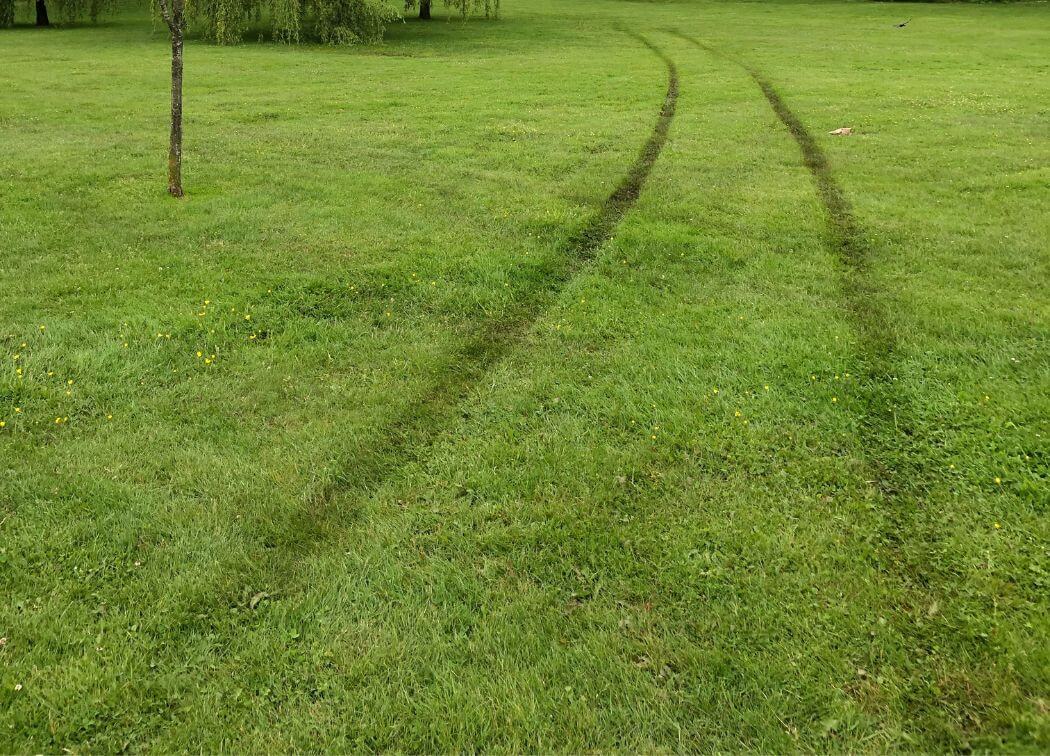It’s every homeowner’s worst nightmare: A car has run over the edge of your lawn, leaving tire marks on the grass! So now what?
If someone drove on your lawn, you have to assess the severity of the damage. If you’re looking at a minor rut, you can help your lawn heal by leveling the ruined area, and it will be fine in a few weeks. For major gouges in the soil, you might have to call a professional so you can use their heavy machinery.
How Can You Fix Major Tire Rut Damage on Your Lawn?
If you’ve got deep ruts across your lawn, you can try to fix them yourself before calling a contractor.
You’ll need a few tools and more material to fill in the potholes. You’ll need to remember the kind of grass you’ve planted on your lawn.
Ensure you time your repairs to take advantage of your lawn’s growing season.
Warm-season grasses like Bermuda grow during spring, while cool-season grasses like Fine Fescue will grow in the early fall.

Rut Repair 101
With deep tire marks, you’ll need to fill in the damaged area with some sand or get excess soil elsewhere on your lawn.
Then you can use a tool to flatten the area. Once it’s level, you can put down some sod or grass seed to complete the process.
You can fix shallow ruts using the same process. Here’s an example of a steel tamper you can use for your lawn:
What Kind of Expenses Will You Need to Fix Lawn Ruts?
The more damaged your ground is, the more money you’ll need to pay to fix it.
If your yard looks like it’s been shredded, you’ll need extra sod, soil, and grass to get your lawn back in shape, plus the contractor fees.
Expect to pay anywhere from a few hundred up to a few thousand dollars for repairs.
Large trucks can run over your grass in rural areas and cause major damage. This will be a more common occurrence than in suburban areas.
A Neighbor Has Ruined the Grass, What Can I Do?
If the person who ruined your soil was a neighbor, calm down first! It was most likely accidental damage, not done on purpose.
Talk to them politely first and ask if they’ve recently gone through someone’s yard. Hopefully, they’ll help with repairs.
What if They Refuse to Help Pay for Repairs?
Driving through someone else’s property and causing property damage isn’t exactly a crime.
Most jurisdictions will classify it specifically as a civil matter, at which point it’s up to local law enforcement to push through with it.
Unless you have footage of your neighbor going through your driveway, you can’t file a police report against them yet.
But if you’ve caught them on camera going through your yard, you can try to sue them in small claims court.
What if You Talk to an Insurance Company?
You can contact your home insurance carrier if you know your neighbor has driven through someone’s lawn, specifically yours.
Luckily, your insurance will cover any damages like tire ruts, and you won’t have to deal with your neighbor.

How Can I Stop Cars From Ruining My Lawn?
It’s normal to see a few tire marks on your lawn now and again, but when it becomes consistent, you’ll need to block off access to your driveway.
Here are a few tools you can use to keep your soil car-free:
Safety Cones
In case the boundaries of your lawn aren’t clear enough, you can line your driveway with safety cones.
This will let everyone know the boundaries, plus you can pick up a reflective set for nighttime.
Boulders
If the cones don’t work, lawn boulders are great for both landscaping and defending your grass against cars.
Anyone who tries to run over a boulder will damage their car and, hopefully, not your lawn!
Conclusion
Now that you know how to fix tire ruts, both big and small, hopefully, you can keep your neighbors away from your driveway!
If your lawn continues being damaged, you can mark off your property using either cones or boulders!



